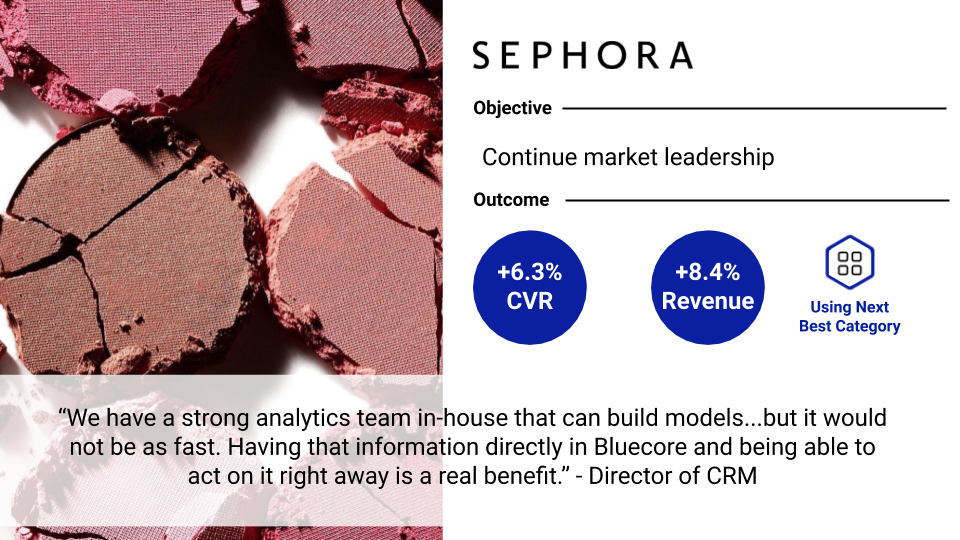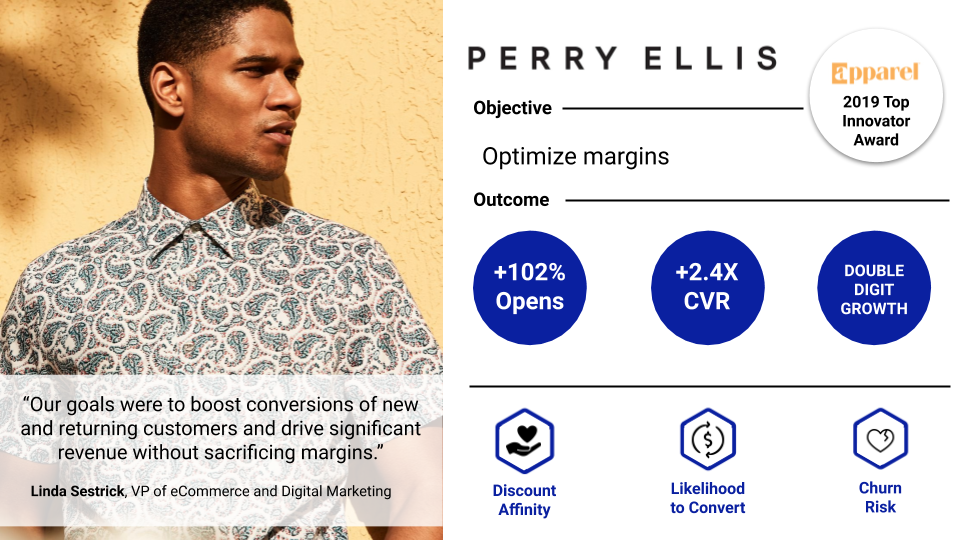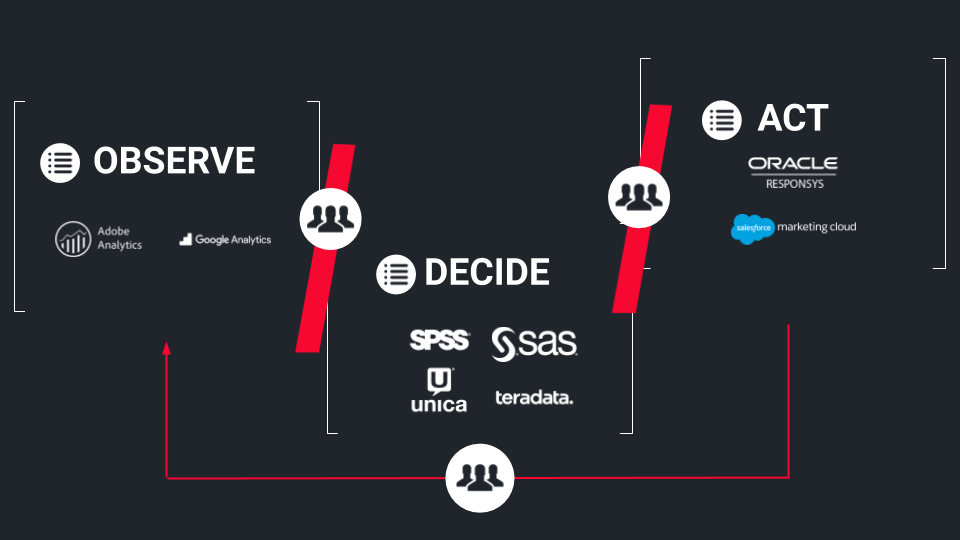
Rethinking the D2C Label: Introducing Digitally Fluid Retail
Why any brand can be a D2C brand and what it takes to get there
Not too long ago, brands like Casper, Warby Parker, Brooklinen and Glossier — along with their unique digitally native direct to consumer (D2C) operating models — experienced unheard of growth in record time.
Today, these digitally native vertical brands are household names that have taken the retail world by storm. They’ve impacted how consumers shop and the types of experiences they expect, and they’ve forced more traditional brands to take notice.
Now, any brand, regardless of its first channel, can don the “D2C” label and gain the benefits of the D2C strategy. Here’s what you need to know.
Redefining What it Means to be a “D2C” Brand
The term D2C first came about to describe digitally native vertical brands that:
- Were born in the digital world
- Sold directly to consumers without the need for any kind of intermediary wholesaler, distributor, retailer, etc.
- Offered a very specific and focused line of products (if they even sold multiple products at all)
However the line between these brands and more traditional ones is now blurring, as digitally native vertical brands take on some characteristics of their predecessors (e.g. opening brick and mortar stores and expanding their product lines) and vice versa.
Against this backdrop, the term D2C has evolved to recognize “digitally fluid” brands, or those that are investing in understanding consumer preferences to better connect with shoppers and meet them where they are (regardless of exactly where that is). And under this new definition, any brand can become a D2C brand.
How Did We Get Here? Responding to the Rise of Consumer 3.0
Digitally native vertical brands, and with them the D2C movement, first came about in response to changing consumer preferences. We’ve now reached the age of Consumer 3.0 in which highly connected shoppers demand choice and convenience.
Three key trends shaping the age of Consumer 3.0 also help explain the rise of the D2C movement:
- Consumers’ willingness to try new brands in pursuit of different and better experiences
- Disruption to the status quo led by new businesses bringing change to established industries and legacy players shaking up their own operating models to maintain leadership
- An increasing emphasis placed on the personalized customer experience, particularly as consumers become more willing to try new brands and brands become more willing to disrupt the status quo
Over the past few years, these trends have forced brands to (a) put shoppers first at all times to deliver consistently stellar experiences and (b) focus on remaining agile to accommodate unexpected changes in the market.
Digitally native vertical brands and their D2C model have had the advantage here to date, but that’s changing as more traditional brands embrace digitally fluid operating models. And any brand — digitally native or otherwise — that adopts these type of D2C tactics stands to realize positive business outcomes like increased customer engagement and repeat purchase rates.
Signs of Change in What it Means to be a D2C Brand Have Already Arrived
We’re already seeing the convergence of digitally native vertical brands and traditional ones as we move toward the new definition of what it means to be a D2C brand.
On the one hand, digitally native brands like Casper and Warby Parker are exploring new avenues to get closer to consumers, for example through direct mail campaigns, billboards and physical stores. Meanwhile, brands like Nike that have traditionally sold significant merchandise through retailers are investing heavily in going direct to consumer. And retailers like Cabela’s and Foot Locker are also getting closer to consumers and their preferences by collecting and activating first party customer data to better match shoppers to the most relevant products.
And the brands and retailers making these changes are finding their way out of the “retention death spiral” characterized by a decline in repeat purchases and elongated buying cycles that has plagued the industry in recent years. Beyond just finding their way out the retention death spiral, they’re seeing enormous growth, including results on par with those of digitally native brands capturing consumer attention.
Consider the case of Sephora, which has experienced tremendous growth and strengthened its leadership position both digitally and offline. Sephora has an advanced data science and modeling team, but they have started using Bluecore to more quickly act on their first party data. Doing so allowed Sephora to activate campaigns that drove a 6.3% increase in conversion rate and 8.4% increase in revenue per client.
Sephora achieved these results by using Bluecore to match individual customers with the best predicted category of product recommendations in email, even if shoppers had never previously viewed or engaged with those products. It’s a great example of the Sephora team bringing together speed of access to data and a business goal to drive repeat purchases in a way that’s also relevant to consumers.

Perry Ellis has also seen success by taking a digitally fluid D2C approach. With a goal to optimize margins and stay relevant to consumers without sacrificing time or resources, Perry Ellis used a combination of dynamic discount affinity models and predicted likelihood to convert to increase email open rates by 102% and grow conversion rates by 2.4X. These efforts have resulted in double digit year-over-year growth in email revenue and led to Perry Ellis being named one of Apparel Magazine’s 2019 Top Innovators.

What Does it Take to Move at the Speed of D2C?
Critically, there’s a common thread among all the brands taking on the D2C mindset when it comes to processes and technology.
At a high level, any business process can be described as a series of three steps we take toward a goal:
- Observe: Identify and unify product, customer and behavior data in real-time
- Decide: Make quick decisions on who to send what, when and continuously learn to sharpen personalized experiences
- Act: Trigger and execute campaigns in minutes
And these steps become a loop as we then observe the response to our actions, analyze the results and act again.
Traditionally, the technology and people required to follow these steps in most retail and digital marketing organizations have sat separately. This separation leads to duct-taped integrations that are slow and requires a ton of manual work when it comes to pulling queries, compiling lists, connecting recommendation systems and so on. And the feedback loops for these efforts also require highly manual processes, making it difficult to learn and adjust from one campaign to the next.

As market leaders like Sephora and Perry Ellis have learned, moving at the speed of D2C requires bringing all of these pieces together and doing so in an automated way. It requires introducing AI-driven technology that can connect the dots between observations, decisions and actions in a streamlined way — all in pursuit of driving defined business goals and eliminating manual workflows.
Is Your Brand Digitally Fluid?
Going forward, the brands that embrace this type of digitally fluid D2C model will continue to achieve and even exceed their goals for growth — often at the expense of those brands and retailers that don’t make this shift.
Based on this imperative, what else do you need to know to successfully make the shift to D2C? Check out our Bluecore Summit 2019 presentation on Moving at the Speed of Consumer 3.0 to find out.





